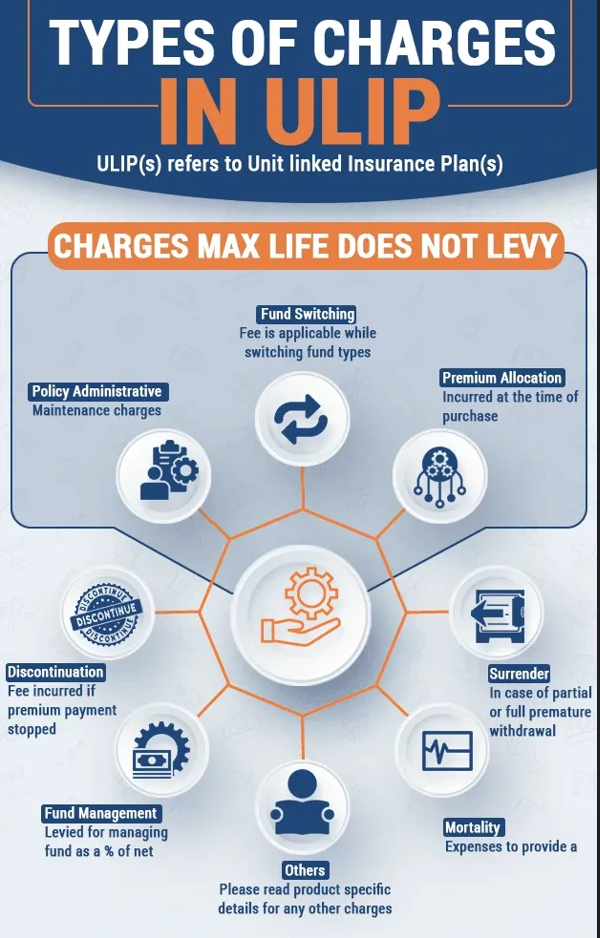by Mr. SATHYA PRAKASH VARANASHI,
Architect, Eco-Friendly Designs
We are going through a time when most people have
no time, as such it is imperative that we not only have elaborate essays but
also brief pointers towards eco-friendly architecture.
We know that every construction can happen only
after some destruction; as such theoretically architecture cannot be
sustainable. It’s equally true that the need to construct is a valid human
activity.
As such, all that we can do is to minimise the
damage to nature and convince ourselves about alternative design approaches.
The following could be good starting points to
that end:
1. Minimise manufactured materials..!
Do we know
why brick overhead water tanks have given way to plastic-based tanks?
These manufactured tanks need to earn profits for
everyone from producer to retailer, hence get aggressively marketed, despite
the resources they consume or / wastage they cause.
In contrast, no one markets brick tanks, instead
face wrong propaganda against them, resulting in a slow death.
Every manufactured item has the same story – they
eliminate the natural, local materials and consume scarce resources.
 |
| SATHYA PRAKASH VARANASHI, Architect, Eco-Friendly Designs. |
2. Reduce embodied energy..!
This term
refers to the sum total of energy that goes into a material right from sourcing
raw material to its execution at site, or more seriously, finally being
returned to nature.
By quantifying the data from all materials and
construction energy spent, one can quantify the embodied energy of the building
itself.
The lesser the embodied energy, the more
eco-friendly will the building be.
3. Explore nature..!
Building with nature is same as building with
natural air, water, light and space.
Maximizing them, not by artificial means using
electricity but by passive means, would directly reduce resource consumption.
This would minimise greenhouse gas emissions
which is the major cause behind climate change.
4. Design effectively..!
Efficiency
and effectiveness have no substitutes in architecture, for they pay back in
daily comfort, save on electricity bills, create multi-functional spaces,
assist in life cycle maintenance and many such others.
Unfortunately, not everyone prioritises plan
making, so a good plan should precede all other applications of eco-ideas.
5. Controlled costs..!
Cost has a
complex relationship with sustainability, where the lowest cost may not be the
most sustainable idea. Vitrified tiles are cheap, though they have high carbon
footprint.
Thatch roofs have lowest embodied energy but demand high
maintenance.
However, cost has much do with energy consumed
and we need to take appropriate decisions for each context.
6.Perfect the innovations..!
With
hundreds of ideas being introduced everyday, the construction sector is abuzz
with excitement, but we do not know how many of them will perform well.
Without giving the existing ideas time to err,
correct, revise and evolve as a perfect solution, we discard them. Perfecting
them is more important than innovating new ones.
We can list many more, however solutions are
still hazy. Each one of us needs to explore options towards a better and safer
future.
About the author...
The writer Mr. SATHYA PRAKASH VARANASHI is an
architect working for eco-friendly designs and can be contacted at
varanashi@gmail.com
Mr. Sathya Prakash Varanashi studied architecture in Bangalore, urban design in Delhi and heritage conservation in England. A former Professor of Architecture, he is involved in academics, outreach activities, freelance writing, professional associations and NGO initiatives.
 |
| SATHYA PRAKASH VARANASHI, Architect, Eco-Friendly Designs. |
Right from his early days, he was attracted to designs ideas rooted in cost, culture, climate and creativity, thanks to the influence of architects such as Mr. Laurie Baker, Mr. Shankar Kanade, Mr. K. Jaisim, Mr. A.G.K. Menon and Mr. K.T. Ravindran. His consultancy firm, Sathya Consultants, in Bangalore has been professing and practising eco-friendly cost-effective architecture for the last 15 years.
These articles were authored by Mr. Sathya and published in THE HINDU on their Saturday’s Column titled Habitat / Property Plus.
Contact Details
Sathya Consultants
No 166, Kathriguppe Water Tank Road
4 th Cross, 4 th Block, 3rd Phase
Banashankari 3 rd Stage
Bengaluru – 560 085
No 166, Kathriguppe Water Tank Road
4 th Cross, 4 th Block, 3rd Phase
Banashankari 3 rd Stage
Bengaluru – 560 085
Tele : 080 - 26794 220, 080 - 2679 7854
E -mail : sathyaconsultant@gmail.com
































